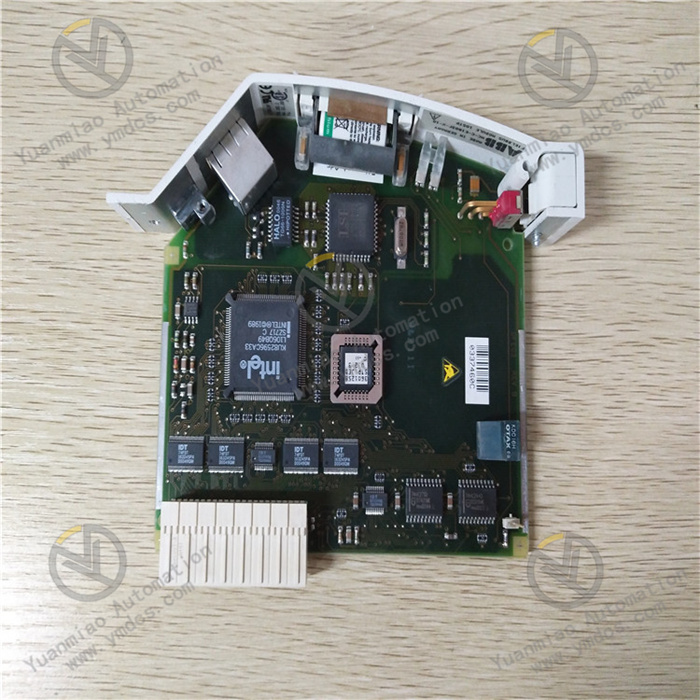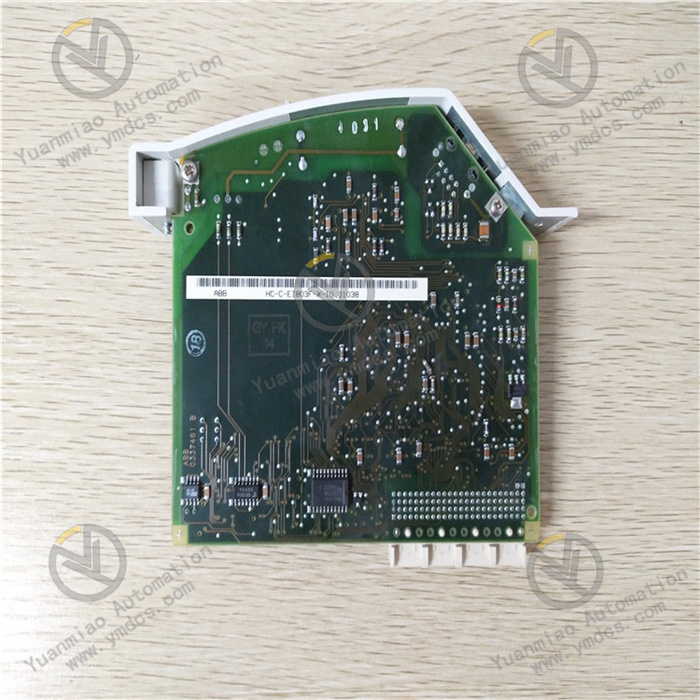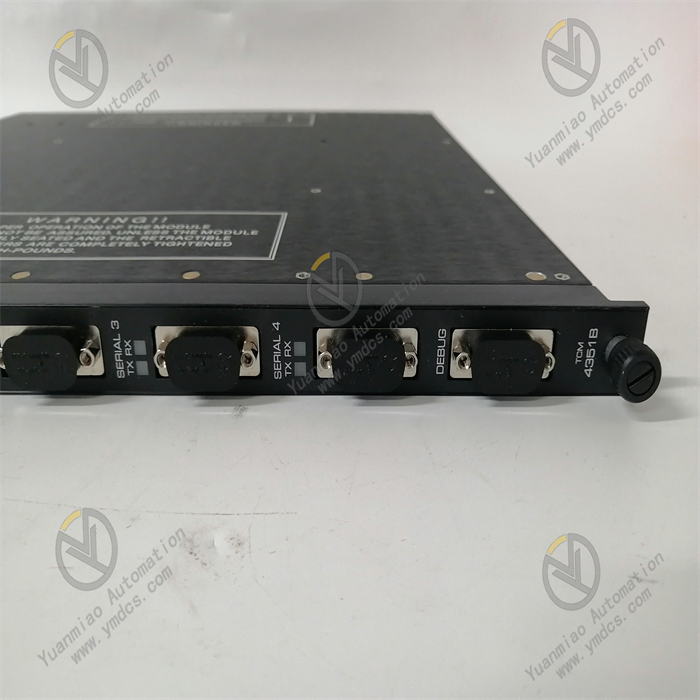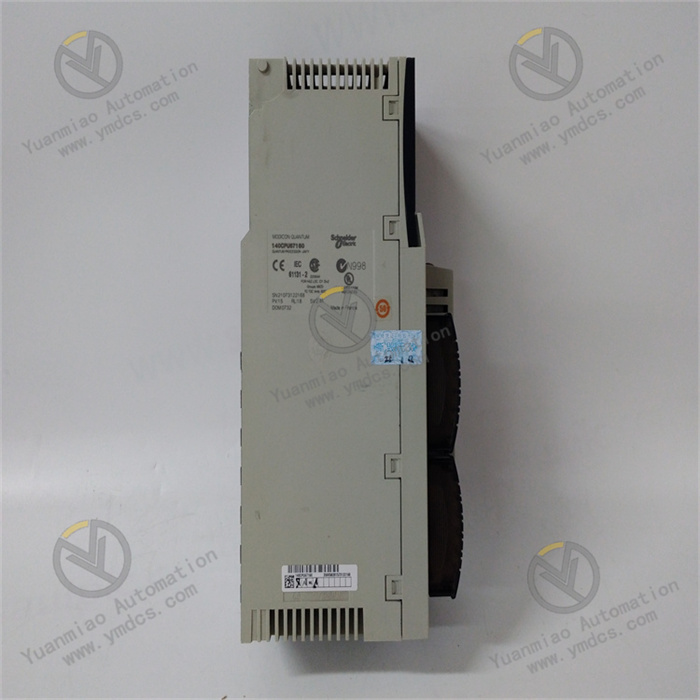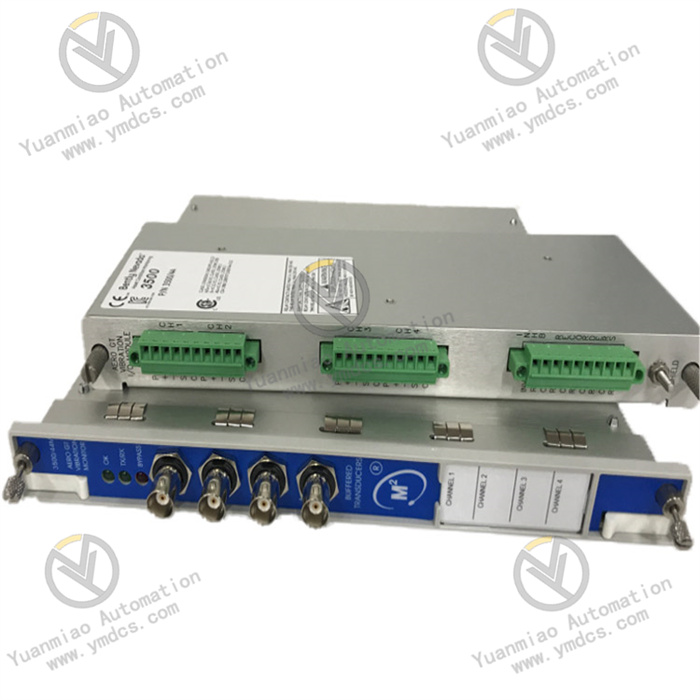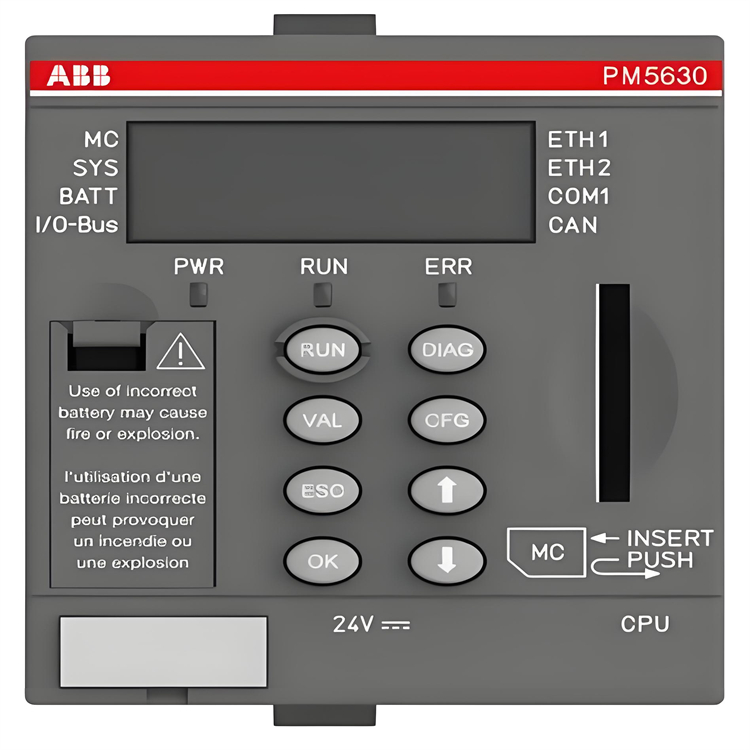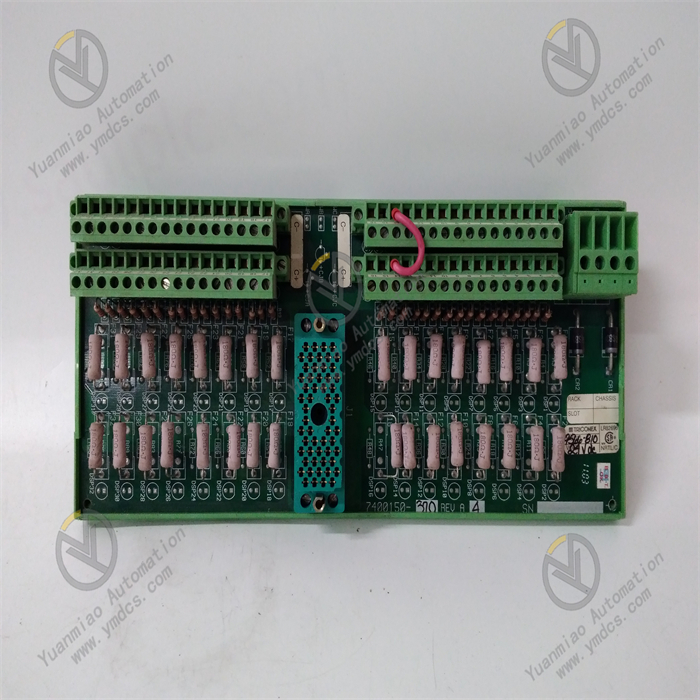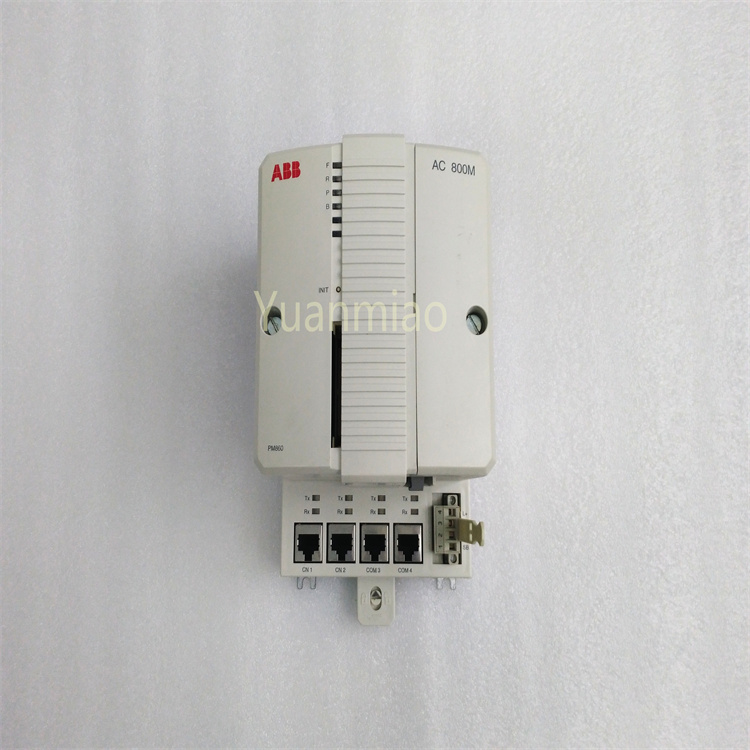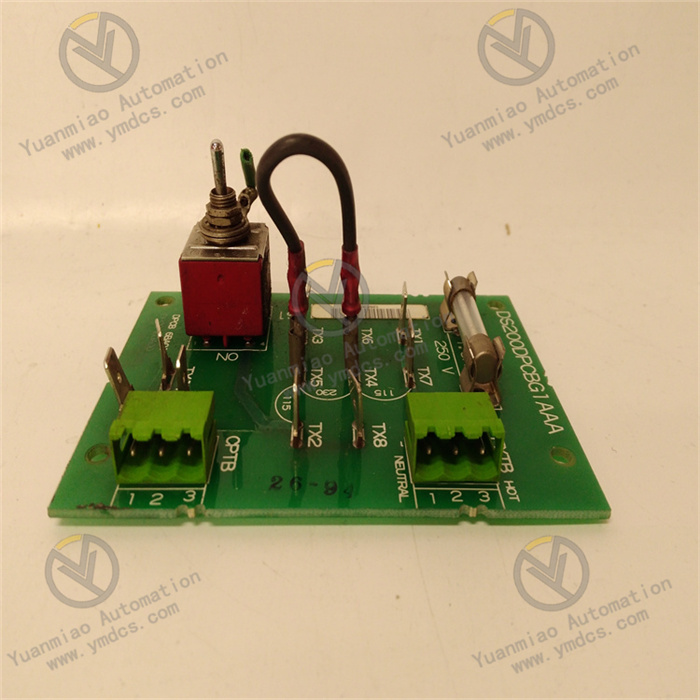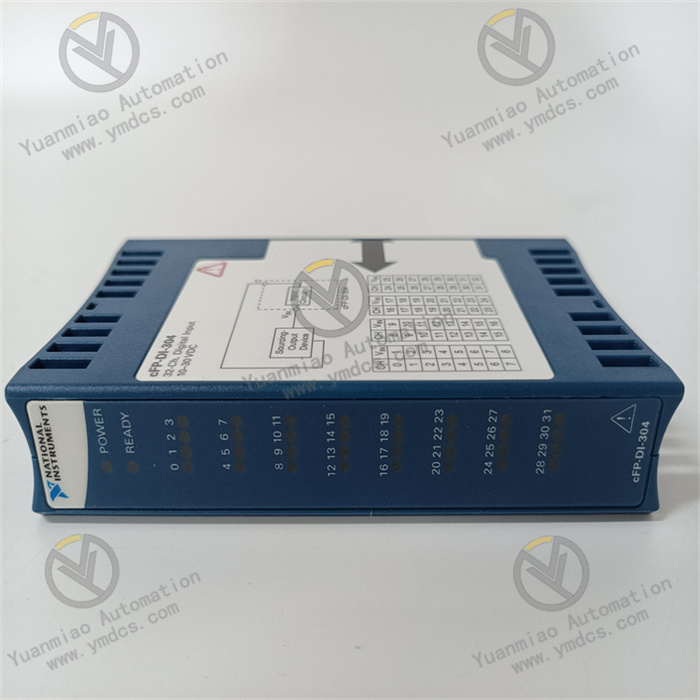Description
ABB EI811F 3BDH000020R1
Functional Features
Communication Function: As an Ethernet module, it is primarily used to enable Ethernet communication between devices, capable of transmitting data quickly and stably to ensure effective information interaction between various components in industrial control systems.
Compatibility: It can be well integrated with other control system components of ABB, facilitating integration into existing ABB industrial control systems for system expansion and upgrades.
Reliability: Adopting industrial-grade design and manufacturing processes, it can operate stably in harsh industrial environments and has anti-interference capabilities, reducing data transmission errors or system failures caused by electromagnetic interference and other factors.
Compatibility: It can be well integrated with other control system components of ABB, facilitating integration into existing ABB industrial control systems for system expansion and upgrades.
Reliability: Adopting industrial-grade design and manufacturing processes, it can operate stably in harsh industrial environments and has anti-interference capabilities, reducing data transmission errors or system failures caused by electromagnetic interference and other factors.
Technical Parameters
- Operating Voltage: Typically 220V.
- Output Frequency: Data shows 50Hz or 60Hz.
- Program Capacity: Approximately 3MB.
- Data Capacity: Approximately 2MB.
Application Scenarios
Industrial Automation Production Lines: Used to connect various automated devices on production lines, such as PLCs, robots, sensors, etc., to achieve collaborative operation and data sharing between devices, thereby improving production efficiency and product quality.
Power System Control: In power systems such as power plants and substations, it can be used to connect power monitoring devices and protection devices to achieve real-time monitoring and control of the power system, ensuring its stable operation.
Process Control Systems: In process industries such as chemical, petroleum, and metallurgy, it is used to connect each node of the distributed control system (DCS) to achieve precise control and optimization of production processes.
Power System Control: In power systems such as power plants and substations, it can be used to connect power monitoring devices and protection devices to achieve real-time monitoring and control of the power system, ensuring its stable operation.
Process Control Systems: In process industries such as chemical, petroleum, and metallurgy, it is used to connect each node of the distributed control system (DCS) to achieve precise control and optimization of production processes.
Operation and Maintenance Recommendations
Installation Notes: Ensure the module is installed in a dry and well-ventilated location, avoiding high-temperature, humid, or strong electromagnetic interference environments. Meanwhile, correctly connect the power supply and communication cables according to the manual to ensure firm connections and prevent communication failures or electrical safety issues caused by loose connections.
Parameter Configuration: According to specific application scenarios and system requirements, use relevant configuration software to correctly set the module's communication parameters (such as IP address, subnet mask, gateway, etc.) to ensure normal communication with other devices.
Maintenance and Fault Troubleshooting: Regularly inspect the module's operating status, checking whether indicator lights are normally on and whether there are alarm messages. In case of communication failures, first check the network connection, including whether the network cable is damaged and whether the switch is operating normally; then verify whether the module's configuration parameters are correct and whether there are conflicts with other devices' parameters. If all the above are normal, consider whether the module has a hardware failure, and contact ABB technical support for maintenance or replacement if necessary.
Parameter Configuration: According to specific application scenarios and system requirements, use relevant configuration software to correctly set the module's communication parameters (such as IP address, subnet mask, gateway, etc.) to ensure normal communication with other devices.
Maintenance and Fault Troubleshooting: Regularly inspect the module's operating status, checking whether indicator lights are normally on and whether there are alarm messages. In case of communication failures, first check the network connection, including whether the network cable is damaged and whether the switch is operating normally; then verify whether the module's configuration parameters are correct and whether there are conflicts with other devices' parameters. If all the above are normal, consider whether the module has a hardware failure, and contact ABB technical support for maintenance or replacement if necessary.


